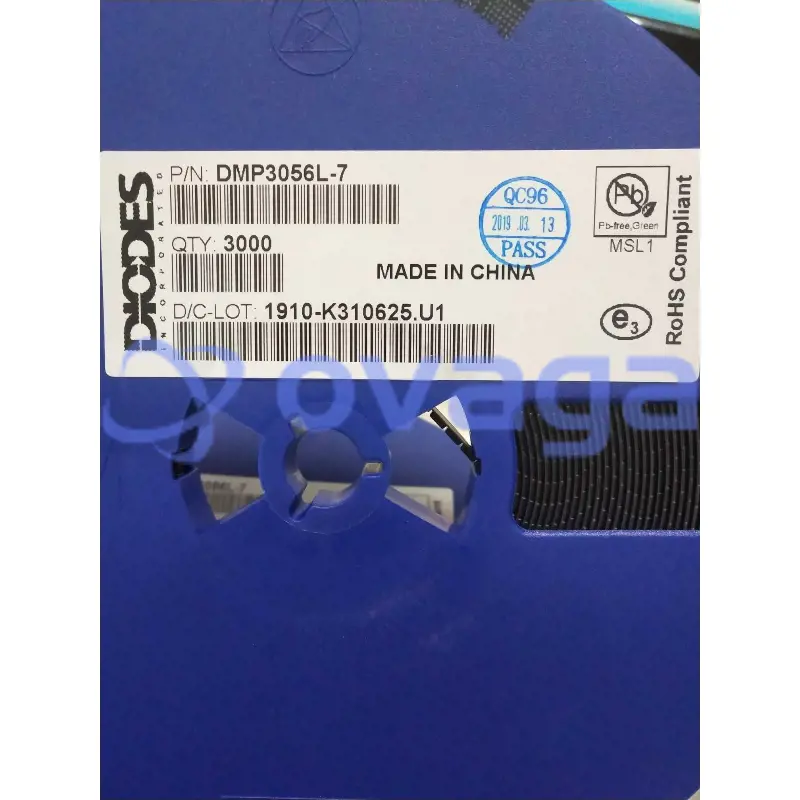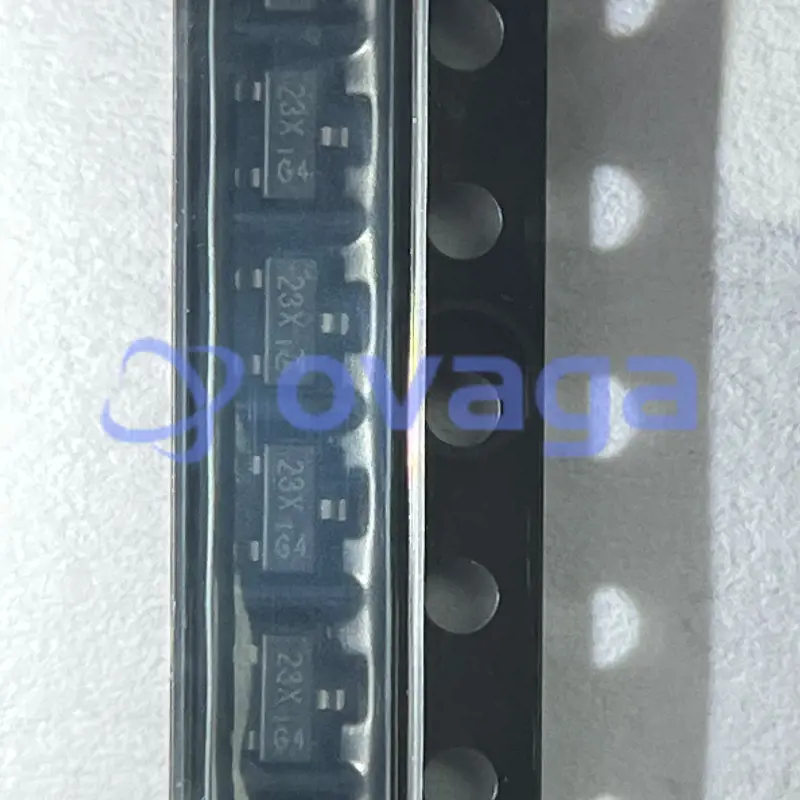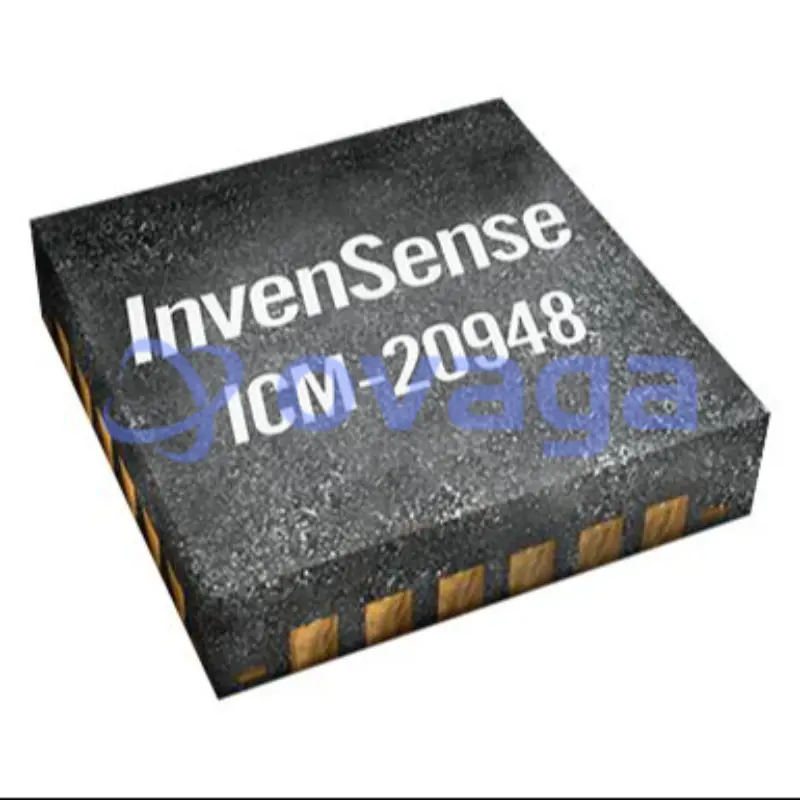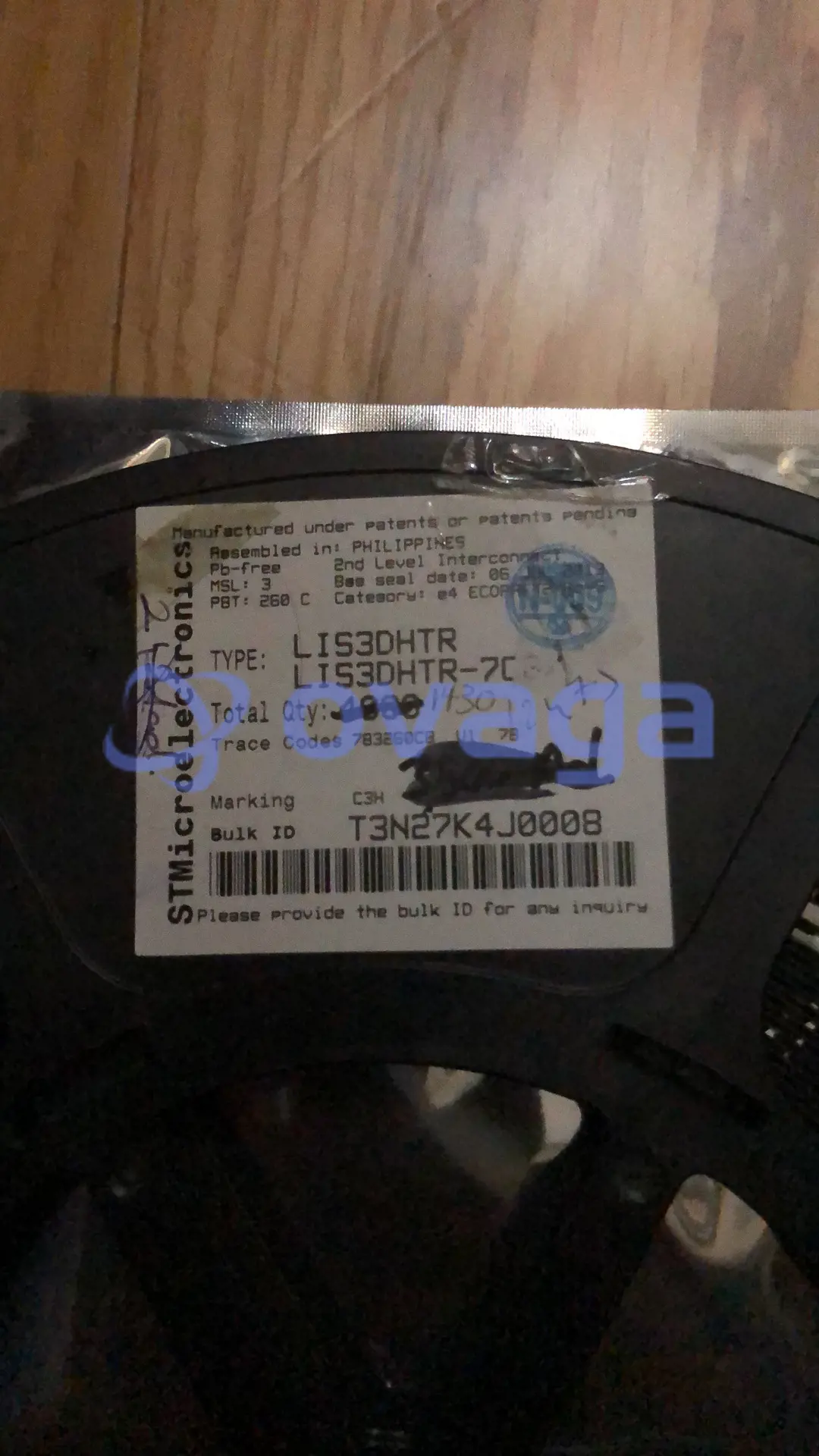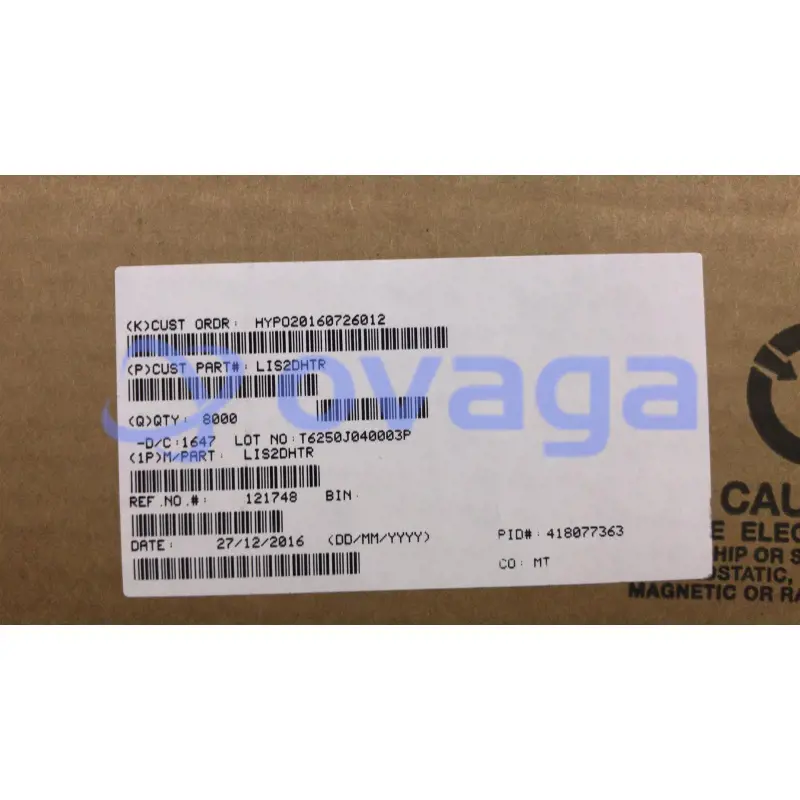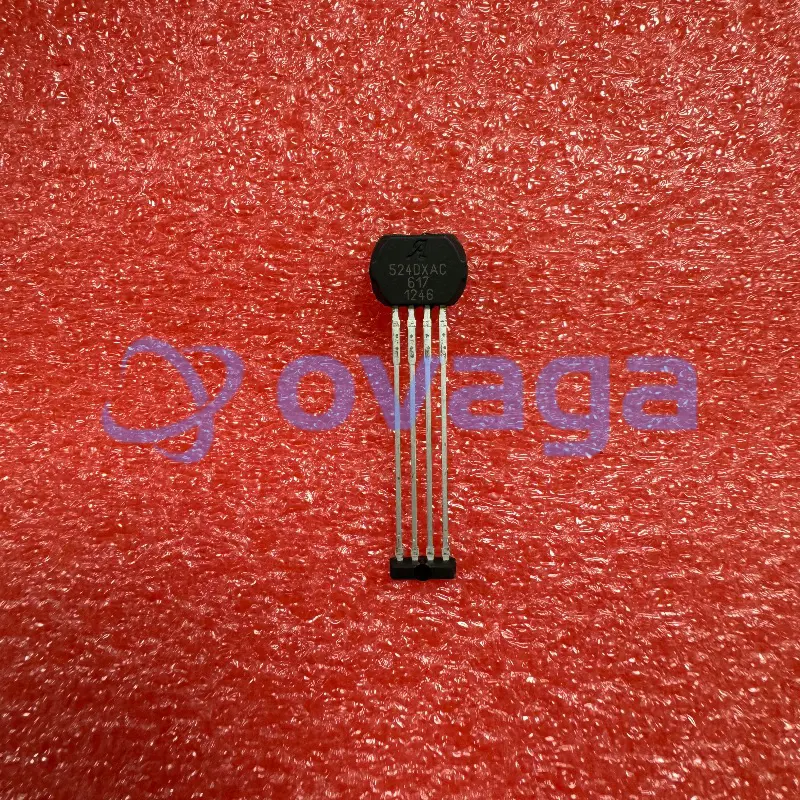270 Ohm Resistor Color Code, Feature and Uses
Update Time: Jun 09, 2023 Readership: 2164
Contents
In the world of electronics where precision and control are critical, resistors serve as the unsung heroes of shaping and directing the flow of electrical current. Among these indispensable components, 270 ohm resistors stand out, offering versatility and reliability in a wide range of electronic applications. Understanding the intricacies of its color-coding system is critical for any electronics hobbyist or professional seeking to unlock the full potential of this remarkable resistor.
In this article, we take an enlightening tour of the world of 270 Ohm resistors, uncover the secrets behind their color codes, explore their unique properties, and delve into the myriad of applications they excel in.

What is a 270 Ohm Resistor?
A 270 Ohm resistor is an electrical component designed to impede the flow of electric current in a circuit. It is specifically engineered to have a resistance value of 270 Ohms, which determines the degree of opposition it offers to the flow of electrical charges. When an electric current passes through a circuit containing a 270 Ohm resistor, the resistor restricts the flow of current, thereby regulating the amount of electricity that reaches other components.
Resistors are typically constructed using materials with specific resistive properties, such as carbon film or metal film, which enable them to provide precise resistance values. The 270 Ohm resistor is one among a wide range of available resistor values and is considered a moderate resistance level, often used in various electronic applications.
270 Ohm Resistor Feature
The 270 Ohm resistor possesses several key features that make it a valuable component in electronic circuits. These features include:
1. Resistance Value: The primary feature of a 270 Ohm resistor is its resistance value of 270 Ohms. This resistance level is suitable for various applications where a moderate level of current restriction or voltage division is required.
2. Tolerance: Resistors have a tolerance rating, which indicates the allowable deviation from the specified resistance value. Common tolerance values for resistors include 5%, 1%, and 0.5%. The tolerance of a 270 Ohm resistor determines how closely its actual resistance aligns with the specified 270 Ohm value.
3. Power Rating: The power rating of a resistor denotes its ability to dissipate heat generated during the flow of current. It is measured in watts. The power rating of a 270 Ohm resistor determines the maximum amount of power it can safely handle without overheating or sustaining damage.
4. Physical Size: The physical dimensions of resistors vary depending on their power rating and construction. The size of a 270 Ohm resistor can range from small surface-mount resistors used in compact electronic devices to larger axial-lead resistors for through-hole mounting.
5. Temperature Coefficient: Resistors can exhibit changes in resistance with variations in temperature. The temperature coefficient specifies the rate of change of resistance per degree Celsius. It is essential to consider the temperature coefficient of a 270 Ohm resistor when operating in environments with significant temperature fluctuations.
6. Construction Material: 270 Ohm resistors are typically constructed using materials such as carbon film or metal film. These materials offer stability, precision, and durability, ensuring reliable performance in various circuit applications.
7. Compatibility: The 270 Ohm resistor is compatible with standard electronic components and can be easily integrated into circuit designs. It can be used alongside other resistors, capacitors, diodes, and integrated circuits to achieve desired circuit behaviors.
270 Ohm Resistor Package
The 270 Ohm resistor is available in various package types, each offering different form factors and mounting options to suit different circuit board designs and assembly processes. Some common package types for 270 Ohm resistors include:
| Package Type | Description |
| Axial-Lead Resistors |
Cylindrical body with leads (wire terminations) extending from each end. Used in through-hole mounting.
|
| Surface-Mount Resistors (SMD) |
Small, rectangular packages with metal pads on the bottom for soldering. Used in automated surface-mount assembly processes.
|
| Chip Resistors |
Rectangular shape, designed for high-density circuit board applications.
|
| Through-Hole Resistors |
Similar to axial-lead resistors, but with thicker wire leads for increased mechanical strength. Used in through-hole mounting.
|
The specific package type of a 270 Ohm resistor depends on the manufacturer, intended application, and design requirements. It's essential to select the appropriate package type based on factors such as board space, assembly method, power dissipation, and mechanical considerations when incorporating a 270 Ohm resistor into a circuit design.
270 Ohm Resistor Color Code
The color code for a 270 Ohm resistor follows the standard resistor color code system. This system utilizes colored bands printed on the resistor body to represent specific digits and multipliers, which together determine the resistance value.
For a 270 Ohm resistor, the color code bands typically follow the pattern:
| Color | Digit 1 | Digit 2 | Multiplier | Tolerance |
| First Band | Red | Violet | Brown | - |
| Second Band | Violet | Blue | Black | - |
| Third Band | Brown | Black | Red | - |
| Fourth Band | Gold | - | - | 5% |
Using the color code above, you can decipher the resistance value of a 270 Ohm resistor as follows:
The first band (Red) represents the first significant digit, which is 2.
The second band (Violet) represents the second significant digit, which is 7.
The third band (Brown) represents the multiplier, which is ×10 Ω.
The fourth band (Gold) represents the tolerance, which is ±5%.
Combining these values, we have 27× 10 Ω, resulting in a 270 Ohm resistor.
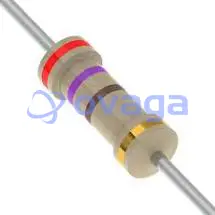
It's important to note that resistor color codes may vary slightly depending on the manufacturer or region. However, the above color code scheme is widely recognized and used for 270 Ohm resistors in most cases.
270 Ohm Resistor Uses
270 Ohm resistors find extensive use in various electronic applications due to their specific resistance value. Here are some common uses of 270 Ohm resistors:
In LED Circuits: LEDs (Light Emitting Diodes) require current limiting to prevent excessive current flow and protect the LED from damage. A 270 Ohm resistor is commonly used in series with an LED to limit the current and ensure proper operation.
In Analog and Digital Electronics: 270 Ohm resistors are often used in analog and digital signal processing circuits. They can be found in voltage dividers, pull-up or pull-down resistor configurations, and impedance matching circuits. These resistors help achieve the desired signal levels, provide biasing, and contribute to signal conditioning.
In Sensor Interfacing: Many sensors, such as temperature sensors or light sensors, require a specific load resistance for accurate readings. A 270 Ohm resistor can be used as a load resistor in sensor interfacing circuits to provide the appropriate resistance and ensure proper sensor operation.
In Audio Applications: 270 Ohm resistors are utilized in audio circuits for impedance matching and signal attenuation. They can be found in speaker crossovers, audio amplifiers, and equalizers, where they help achieve the desired sound characteristics and protect the components from excessive currents.
These are just a few examples of the wide range of applications where 270 Ohm resistors are commonly used. Their specific resistance value and versatile nature make them essential components in many electronic circuits, enabling precise current control, voltage division, and signal conditioning.
270 Ohm Resistor Price
The price of a 270 Ohm resistor can vary depending on various factors, including the brand, package type, quantity, and the specific supplier or distributor. Generally, 270 Ohm resistors are low-cost components and are readily available in the market at affordable prices.
The price of a single 270 Ohm resistor ranged from a few cents to a few dollars, depending on the package type and manufacturer. For larger quantities, such as bulk purchases or reels of surface-mount resistors, the price per resistor may be lower. It's worth noting that prices can fluctuate over time due to factors like market demand, supply chain dynamics, and currency exchange rates.
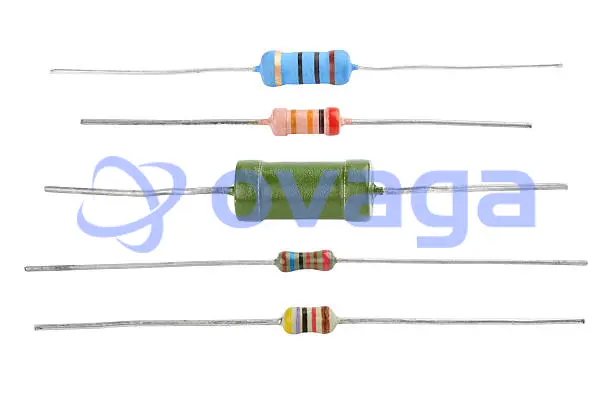
Different Watt Types of 270 Ohm Resistor
1. 270 Ohm 1 2 Watt Resistor
This type of resistor has a resistance value of 270 Ohms and a power rating of 1/2 Watt. The power rating indicates the maximum amount of power the resistor can safely dissipate without overheating. In this case, the 1/2 Watt power rating means that the resistor can handle up to 0.5 Watts of power. This resistor is suitable for applications where lower power levels are involved, such as in signal conditioning circuits or low-power electronic devices.
2. 270 Ohm 5 Watt Resistor
This resistor has the same resistance value of 270 Ohms but has a higher power rating of 5 Watts. The 5 Watt power rating indicates that this resistor can handle higher power levels compared to the 1/2 Watt resistor mentioned earlier. This makes it suitable for applications where larger amounts of power need to be dissipated, such as in power supplies, motor control circuits, or high-power audio amplifiers.
3. 270 Ohm 2 Watt Resistor
Similar to the previous examples, this resistor also has a resistance value of 270 Ohms. However, it has a power rating of 2 Watts, indicating its capability to handle up to 2 Watts of power without overheating. This type of resistor is commonly used in applications that require moderate power dissipation, such as in audio equipment, voltage regulators, or industrial control systems.
Conclusion
In conclusion, the 270 Ohm resistor, with its distinct color code and valuable features, emerges as a fundamental component in the realm of electronics. Throughout this article, we have delved into its properties, applications, and the essential role it plays in electronic circuits. By understanding the color code system, we can confidently identify and utilize the 270 Ohm resistor to control current, achieve voltage division, and ensure signal integrity.
Extended Reading
 FAQ
FAQ
-
Can I use a higher wattage resistor instead of a 270 Ohm 1/2 Watt resistor in my circuit?
Yes, you can use a higher wattage resistor, such as a 270 Ohm 1 Watt or 2 Watt resistor, instead of a 270 Ohm 1/2 Watt resistor. It is generally safe to use a resistor with a higher power rating than required for your circuit. However, it is important to ensure that the physical size and mounting capabilities of the higher wattage resistor are suitable for your application, as it may be larger in size compared to a lower wattage resistor.
-
How do I calculate the power dissipation of a 270 Ohm resistor in a circuit?
To calculate the power dissipation of a resistor, you can use Ohm's Law and the formula P = I^2 * R, where P represents power, I represents current, and R represents resistance. If you know the current flowing through the 270 Ohm resistor, you can square it and multiply it by the resistance value to determine the power dissipation in watts.
-
Can I use multiple 270 Ohm resistors in parallel to achieve a lower overall resistance?
Yes, you can connect multiple 270 Ohm resistors in parallel to effectively decrease the overall resistance. When resistors are connected in parallel, the reciprocals of their resistances are summed to determine the total resistance. For example, if you connect two 270 Ohm resistors in parallel, the total resistance would be approximately 135 Ohms.
Popular Blogs
-

NTC 103 Thermistor: ...
Thermistor 103 is a type of NTC thermistor, with...
-
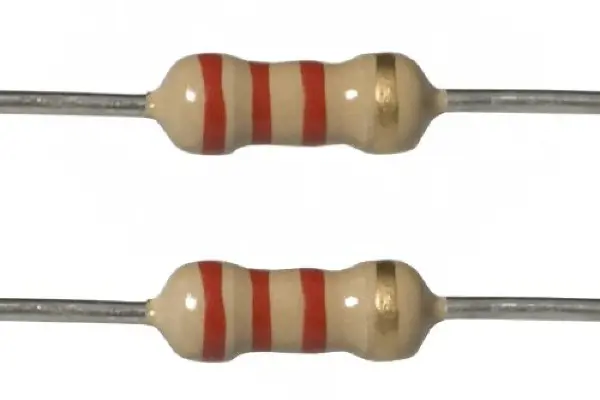
Define 2200(2.2k) Oh...
A 2200-ohm resistor is an electrical component t...
-
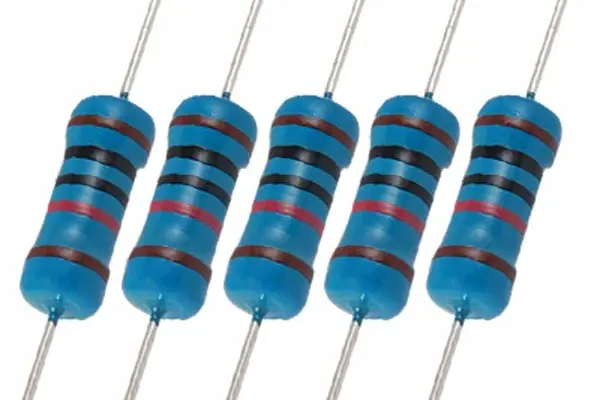
What is a 10k Resist...
The 10k resistor is a type of resistor, and we u...
-

Safeguarding Electri...
A neutral earthing resistor (NGR) is an electric...



